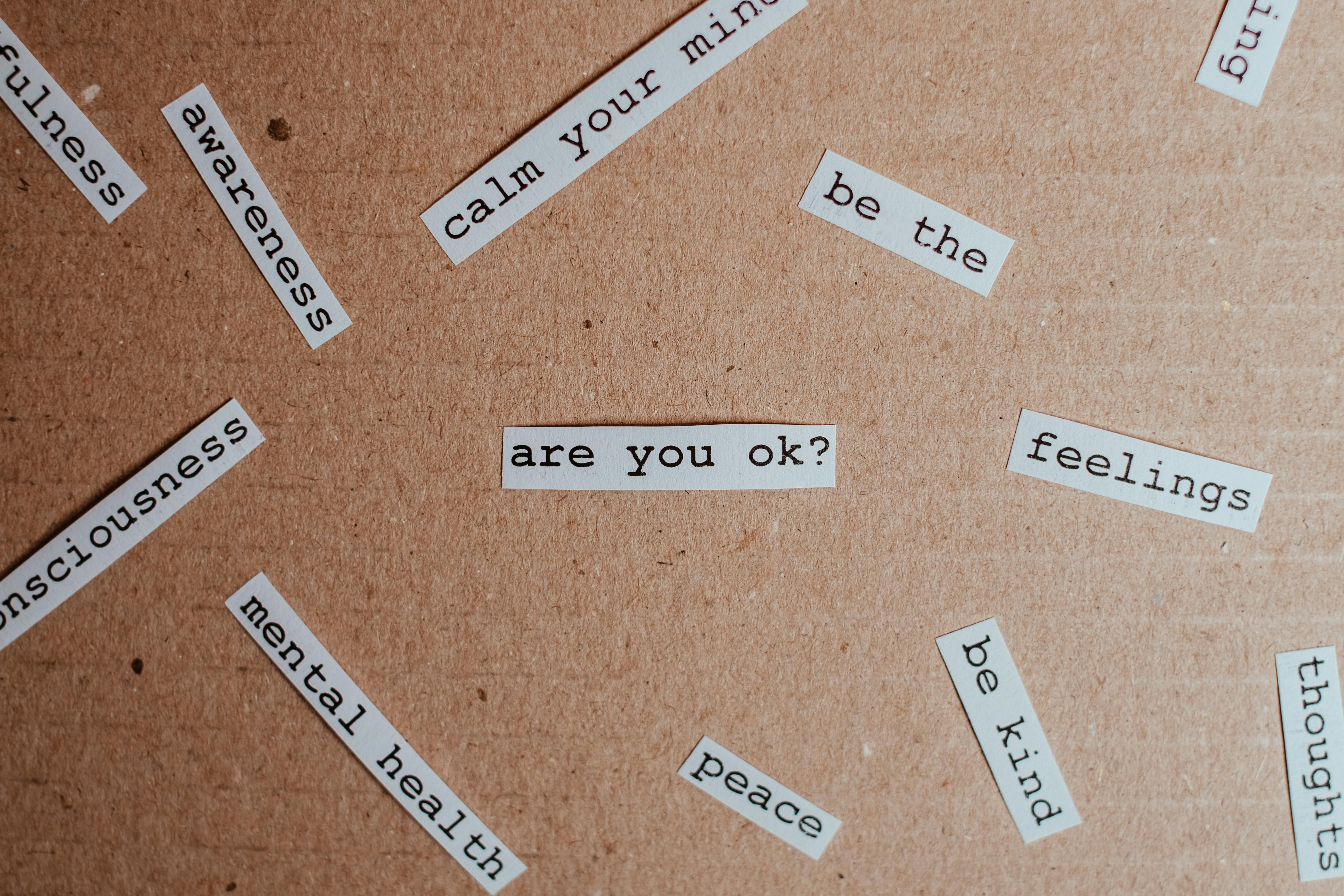Today’s work landscape is a high-wire act—balancing productivity, performance, and constant pressure. Between deadlines, Zoom fatigue, and the hustle culture that never sleeps, it’s no wonder mental health is under siege. And with digital transformation blazing ahead, burnout doesn’t just feel inevitable—it feels imminent.

Stress: More Than a Feeling
Stress isn’t just in your head—it’s your body’s response to the world around you. At work, a little stress can be a motivator, sparking creativity and momentum. But when stress lingers, it morphs into something more damaging: it chips away at resilience, drains innovation, and leads straight to mental exhaustion.
Spot the Signs
Recognizing the symptoms of chronic stress is key to managing it. Watch for physical signs like headaches, muscle tightness, and poor sleep, as well as emotional ones such as irritability, anxiety, or a short fuse. These aren't just bad days—they're warning lights.
What the Science Says
Enter cortisol—the so-called "stress hormone." When your body perceives a threat (hello, overflowing inbox), cortisol spikes. Over time, this can disrupt your mood, metabolism, and immune response, making you feel worn down and less able to cope.
Stress-Management Strategies That Actually Work
Let’s be honest—stress isn’t going anywhere. But how you respond to it? That’s where your power lies. Try these strategies:
- Set Boundaries: Learning to say “no” and stepping away from work after hours isn’t laziness—it’s preservation. Boundaries help protect your time, energy, and sanity.
- Support Your Body: Move your body, eat mindfully, and get consistent sleep. Physical health is your first line of defense against stress.
- Break the Routine: Shake things up. Take a new route to work (or the kitchen), skip the screen time and go outside. Novelty sparks new coping mechanisms and mental clarity.
- Prioritize and Organize: A cluttered desk often reflects a cluttered mind. Create a to-do list, embrace calendar blocking, and keep your space tidy. Small changes can make a big impact.
- Practice Mindfulness: Techniques like deep breathing, meditation, or even short body scans help ground you in the present and provide mental space to recalibrate.
Talking About Mental Health (Without the Stigma)
Even today, “mental health” can bring an awkward silence. But the only way to normalize these conversations is to have them. Start small. Create space for check-ins. Encourage openness. Normalize the idea that it's okay not to be okay.
Leadership’s Role
Managers set the tone. When leaders model transparency, prioritize employee well-being, and advocate for flexibility, the workplace becomes safer for everyone. Tools like EAPs (Employee Assistance Programs) only work if they’re promoted and destigmatized from the top down.
Redefining Self-Care
Let’s ditch the idea that self-care is selfish. Journaling, reading, exercising, or simply unplugging can restore your mental reserves. A mental health day isn’t a luxury—it’s a strategy.
Don’t Go It Alone
Support systems matter. Whether it’s a friend, colleague, therapist, or family member, lean in. Relationships create a buffer against stress and a sense of belonging that’s vital to mental well-being. Sometimes even a five-minute vent session with a teammate can change your whole day.
The Road Ahead
Managing stress and mental health is deeply personal, but it's also cultural. The more we bring awareness into our workplaces, the better we all perform—not just at our jobs, but in our lives. It’s time to rethink the workplace as not just a place of output, but a place of well-being.
Creating supportive environments—ones that are inclusive, flexible, and human-centered—requires all of us. Leaders, employees, advocates: we each play a role in shaping a work culture that prioritizes health alongside hustle.
What’s Next?
You don’t need to adopt every strategy overnight. Start small. Choose one or two that resonate with you, and build from there. Stay curious about mental health best practices and share what you learn. You never know who might need to hear it.
Work and stress may be a package deal—but how you navigate that package? That’s entirely up to you. Let’s reshape what it means to thrive at work—not just survive it.